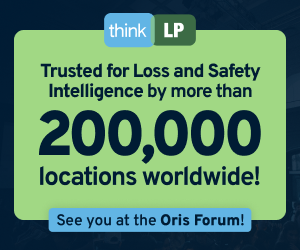INTERVIEWS
How's your strategy?
The WZ Introductory Statement is designed to help you gain credibility in a non-confrontational way. One common mistake in the construction of the Introductory Statement is being too specific in its design.
For example, in Step 4, you list several different issues the subject could be involved in, within their environment. If your subject has taken money from the till, you should list a variety of different ways they could have taken money from the company. Additionally, list a variety of ways they could have taken product from the company.
While listing out the various ways that issues occur, you’re going to present it in a non-confrontational manner. No accusing. No use of the word “you”. No personalisation of those examples. What often happens is people use too many specific details about the one incident that is known.
In Step 5, when you present different tools and resources used to investigate issues, you should present the tools in a more general format. For example, if you speak specifically about an isolated incident and focus on the one camera above the till in one location, you may elicit resistance from your subject as they have a sense of what the interview is addressing. It may develop into a confrontation and become emotional.
Instead, you want to maintain a non-confrontational presentation and mitigate resistance. It’s important, when you strategise your introductory statement, that you keep it non-confrontational and ambiguous enough to get the most amount of truth from the conversation.
by Chris Norris, CFI
Wicklander-Zulawski






